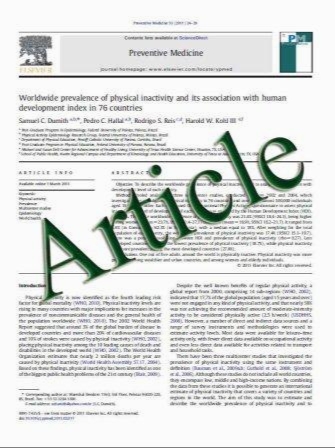Impaired Abdominal Skin Sensory Function in Morbid Obesity and After Bariatric Surgery
- نوع فایل : کتاب
- زبان : انگلیسی
- مؤلف : Rodolpho Alberto Bussolaro & Elvio Bueno Garcia & Maria Teresa Zanella & Lydia Masako Ferreira
- چاپ و سال / کشور: 2011
Description
Background Bariatric surgery reduces body weight, but creates the need for surgical correction of the patient’s body shape, especially of the abdomen. The abdominal skin of the ex-obese has a lower quantity of fibrous and nonfibrous components; however, its functional status has not yet been studied. This study quantified, at different depths, the neurological function of the abdominal skin of the obese and morbidly ex-obese. Methods Semmes-Weinstein monofilaments were used to quantify sensory levels of abdominal skin at the supraumbilical (SU), umbilical (U), and infra-umbilical (IU) levels in 25 currently morbidly obese, 56 post-bariatric patients (open Roux-en-Y gastric bypass), and 43 women with normal body weight and/or overweight without previous obesity (control). Results Only the control group showed a positive correlation between a worsening of sensory perception and age (p=0.02). In the morbid obesity group, sensory threshold was higher at the IU level (9.60 g/mm2) than at the U (5.86 g/mm2) and SU (5.38 g/mm2) levels (p<0.05). The mean sensory threshold for morbid obesity subjects (6.95 g/mm2) was higher than that of the post-bariatric patients (4.44 g/mm2), which in turn was higher than that of the control group (3.47 g/mm2), p<0.01. Conclusions Morbidly obese and post-bariatric patients have lost the normal positive correlation between age and skin sensitiveness. The IU region has sensitiveness compromised in morbid obesity. Sensory thresholds in postbariatric patients showed improvement relative to morbidly obese, but remained worse than the control subjects.
OBES SURG DOI 10.1007/s11695-011-0485-z


